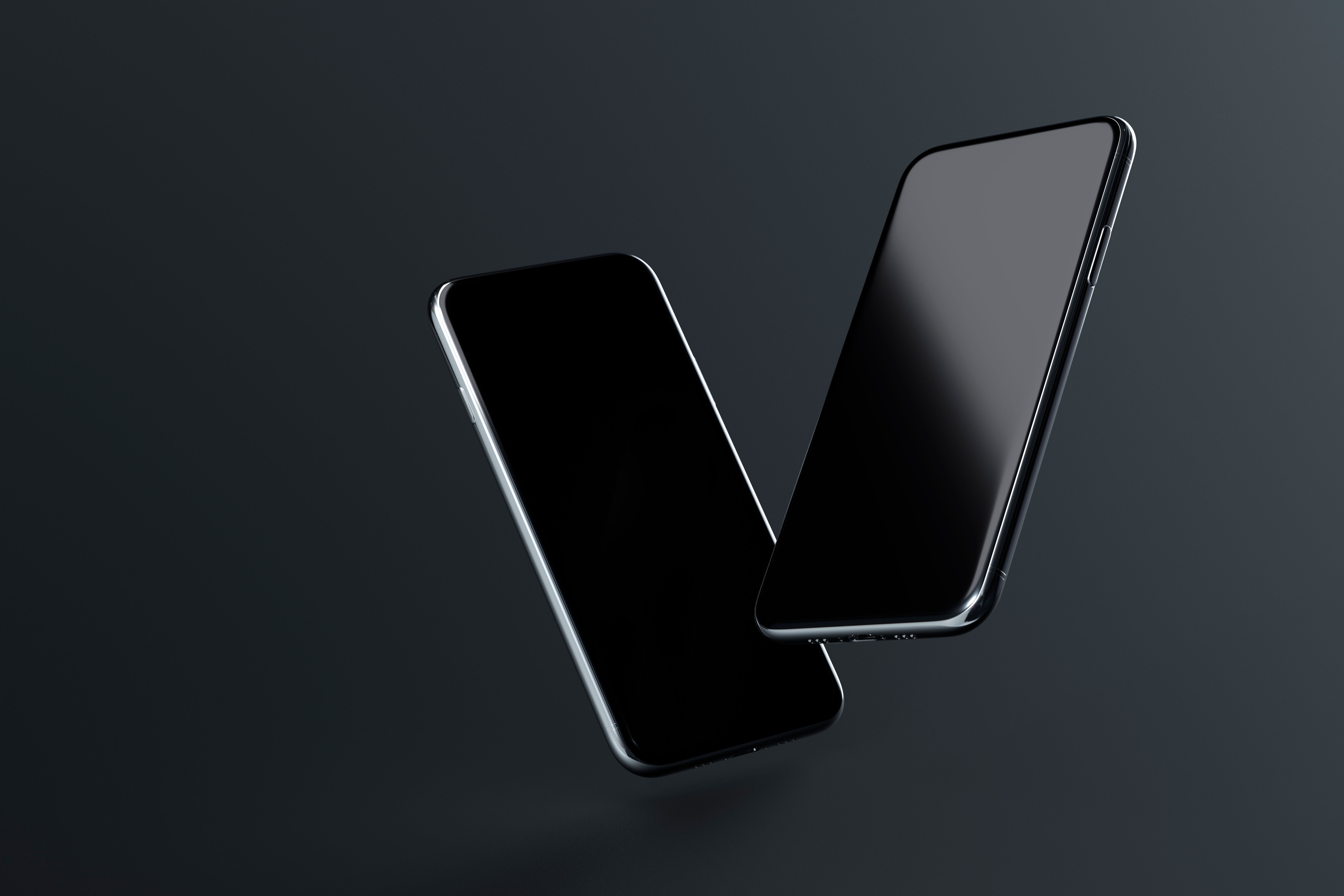How Tinder is Transforming Modern Dating Culture
The Rise of Digital Dating
In the past decade, the landscape of dating has undergone a seismic shift, largely due to the advent of dating apps like Tinder. This platform, with its user-friendly interface and swipe-based interactions, has made finding potential partners as simple as a flick of the thumb. As a result, Tinder has not only changed how people meet but also how they interact and form relationships.
Tinder’s success is rooted in its ability to make dating accessible and convenient. With millions of users worldwide, it offers a vast pool of potential matches at one's fingertips. This ease of access has democratized dating, allowing people from different walks of life to connect in ways previously unimaginable.

Impact on Social Norms
The widespread use of Tinder has also influenced social norms surrounding dating and relationships. Traditional dating practices often required a more formal approach, sometimes involving introductions through mutual friends or family. However, Tinder’s casual nature encourages more informal interactions, leading to a shift in how relationships are initiated and developed.
Furthermore, Tinder has contributed to the normalization of online dating. What was once considered a niche or even taboo activity has now become mainstream. This acceptance has opened doors for individuals who might have been hesitant to explore online dating options in the past.

Redefining Relationship Dynamics
One of the most significant transformations brought about by Tinder is the redefinition of relationship dynamics. The app allows for a variety of relationship types, from casual hookups to long-term commitments. This flexibility caters to diverse preferences and expectations, empowering users to seek out exactly what they desire from a partner.
Tinder fosters a culture of openness and experimentation in dating. Users are encouraged to be clear about their intentions, whether they are looking for something serious or just a fleeting connection. This clarity helps avoid misunderstandings and promotes healthier communication between partners.
Challenges and Criticisms
Despite its popularity, Tinder is not without its challenges and criticisms. Some argue that the app’s emphasis on physical appearance and instant gratification can lead to superficial connections. Others express concern over issues like ghosting and the potential for deceptive profiles.

Moreover, the abundance of choices on Tinder can sometimes lead to decision fatigue, where users feel overwhelmed by the sheer number of potential matches. This paradox of choice can make it difficult for individuals to commit to a single partner, perpetuating a cycle of short-lived relationships.
The Future of Dating
As technology continues to evolve, so too will the landscape of dating. Tinder’s influence on modern dating culture is undeniable, and its impact will likely persist as new features and innovations are introduced. The platform's ability to adapt and cater to changing user preferences will be crucial in maintaining its relevance in an ever-shifting digital world.
Ultimately, Tinder is more than just an app; it is a reflection of contemporary society's approach to love and connection. As users continue to swipe right into the future, the ways in which we form and maintain relationships will undoubtedly continue to transform.